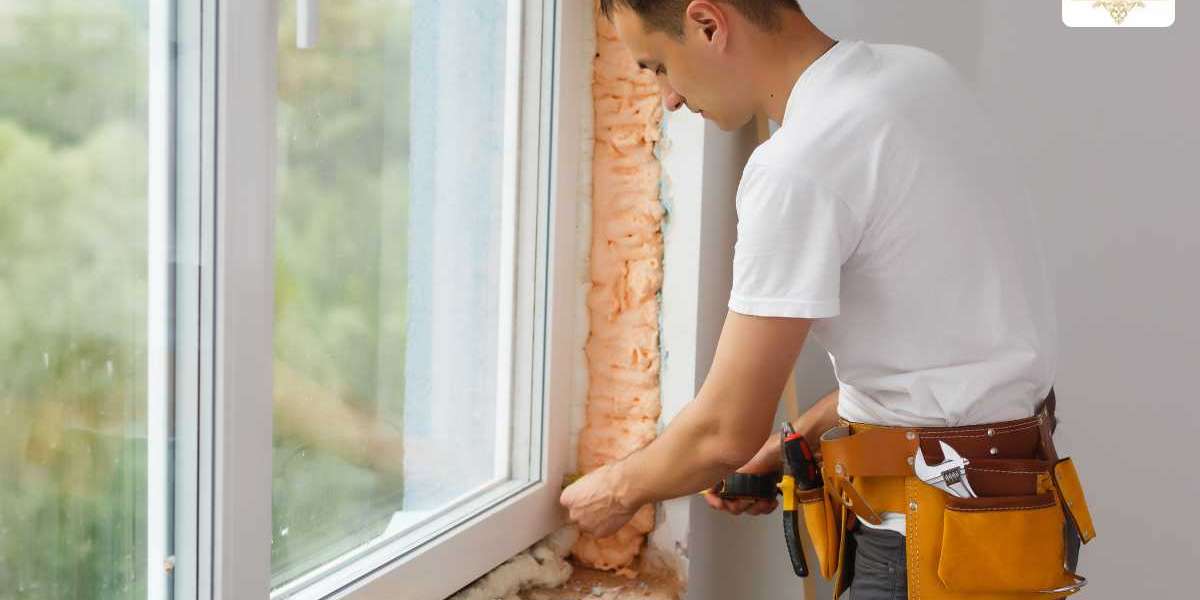However, as time passes, even the highest-quality timber sash windows may require replacement due to wear and tear. Choosing the right timber sash window replacement is crucial in maintaining your home's character while improving energy efficiency and security. Here’s what you need to consider when selecting the best timber sash window replacement for your home.
1. Assessing the Condition of Your Current Windows
Before investing in replacement windows, evaluate the condition of your existing timber sash windows. If the damage is minimal—such as peeling paint, minor rot, or draught issues—restoration might be a viable option. However, if the wood is extensively decayed, the frame is warped, or the glazing is inefficient, replacing the windows is the best solution.
2. Choosing the Right Type of Timber
Timber sash window replacements come in various types of wood, each with distinct characteristics:
Hardwood (e.g., oak, mahogany, and teak) – Highly durable and resistant to weathering, but generally more expensive.
Softwood (e.g., pine, cedar, and Douglas fir) – More affordable and sustainable, though it may require more frequent maintenance.
Engineered Timber – Composed of multiple layers for enhanced strength and stability, making it less prone to warping and cracking.
The choice of timber will impact the window’s longevity, insulation properties, and overall appearance.
3. Opting for Double or Triple Glazing
Upgrading to double-glazed or triple-glazed timber sash windows significantly enhances insulation and soundproofing while maintaining the traditional aesthetic. Double glazing consists of two glass panes with an insulating gas layer, while triple glazing has three layers for additional energy efficiency.
Benefits of glazed timber sash windows include:
Reduced heat loss and lower energy bills
Improved noise reduction
Enhanced security with toughened glass options
4. Ensuring Proper Craftsmanship and Authentic Design
When replacing timber sash windows, it's important to choose a design that complements your home’s period style. Many window manufacturers offer bespoke designs tailored to match original features. Look for:
Traditional joinery methods like mortise and tenon joints for longevity.
Authentic glazing bars to maintain a period-correct appearance.
Slimline profiles for a classic yet energy-efficient look.
5. Considering Energy Efficiency and Ventilation
Energy efficiency should be a priority when selecting replacement timber sash windows. Look for windows with low U-values (a measure of thermal insulation) and high-quality weather stripping to prevent draughts.
For better ventilation, consider spiral balance sash windows, which provide smoother operation compared to traditional cord and weight systems while maintaining the same aesthetic appeal.
6. Choosing the Right Finish and Maintenance Requirements
Timber sash windows require proper finishing to protect against moisture and decay. You can choose between:
Painted Finish – Provides a classic look and protects against the elements.
Stained Finish – Highlights the natural wood grain for a more rustic appeal.
Micro-porous Coatings – Allow the wood to breathe while providing a long-lasting protective layer.
Regular maintenance, including repainting and checking for signs of moisture damage, will ensure the longevity of your replacement windows.
7. Working with a Reputable Supplier or Installer
Selecting a reliable supplier or installer is crucial to getting high-quality timber sash window replacements. Look for companies with:
A strong reputation and positive reviews
Certifications and guarantees on materials and workmanship
Experience in period property restorations
A skilled installer will ensure that the new windows fit perfectly, function smoothly, and meet building regulations.
8. Budget Considerations
Timber sash window replacements vary in cost depending on the type of wood, glazing, craftsmanship, and custom features. Set a budget beforehand and obtain multiple quotes to compare pricing. While high-quality replacements might be more expensive upfront, they offer better longevity, insulation, and value for money.
Conclusion
Choosing the right timber sash window replacement involves a balance of aesthetics, energy efficiency, durability, and cost. By carefully considering timber type, glazing options, craftsmanship, and installation quality, you can ensure your new sash windows enhance both the appearance and functionality of your home. Investing in high-quality replacements will not only preserve your property’s charm but also improve its energy efficiency and security for years to come.
For more details visit our website - eastlondonsash.co.uk
02080583121
127 Hainult Road,Leytonstone,E11 1DT




